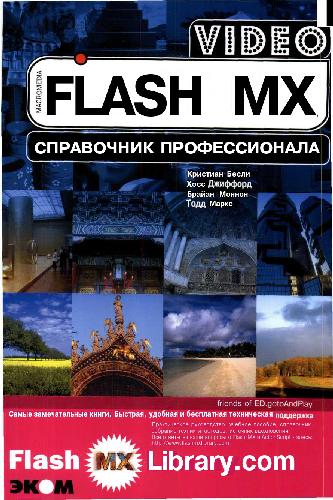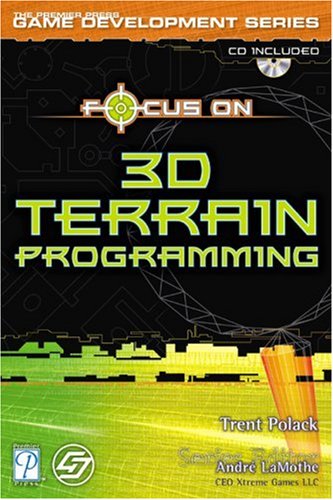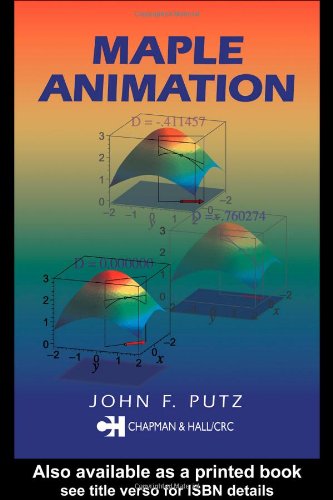George Agverakis0-07-143354-6, 0-07-141494-0
Table of contents :
Cover……Page 1
Copyright……Page 5
CONTENTS……Page 8
PREFACE……Page 14
ACKNOWLEDGMENTS……Page 18
Glossary from 3ds max Point of View……Page 20
CHAPTER 1 Your First Day on the Job……Page 21
The Passion……Page 22
The Pay……Page 23
Your Own Animation Studio……Page 26
Selling Your Talent……Page 32
Categories of Animation Business……Page 33
Small Corporate Shop……Page 37
A Midsize Disney Subcontractor……Page 39
A Major-League Hollywood Studio……Page 40
How This Book Works……Page 42
The Most Popular Software……Page 43
The Workflow Process……Page 44
Pitching the Project……Page 45
Contracting and Billing……Page 47
Objects, Scenes, and Characters……Page 48
Motions……Page 53
Testing……Page 54
Getting Paid……Page 55
The Issue of Schooling……Page 57
No Catch-22—Yet……Page 60
Six Steps to Getting Your Foot in the Door……Page 61
Step 3: Attend a Job Interview……Page 70
Step 4: Once You Start Work as an Intern, Work Your Tail Off……Page 71
Step 6: Once You’ve Established Your Value to the Workplace, Ask for a Letter of Recommendation……Page 73
CHAPTER 2 From Concept to Screen: The Workflow Process……Page 77
Conceptualizing the Animation……Page 78
The Storyboard……Page 79
The Client Presentation……Page 84
Timing the Board……Page 86
Break Down the Board……Page 88
Allow Time to Render……Page 89
The Animators’ Tasks……Page 90
Writing and Approving the Script……Page 91
The Element Breakdown……Page 93
Milestones……Page 95
Design the Exterior Scene……Page 96
Design the Interior Hall……Page 97
Acquire the Client Art……Page 99
Design the Characters……Page 100
Acquiring Music, Sound Effects, and Voice Talent……Page 104
Choreographing the Egyptian and the Professor……Page 110
Building a Render Farm……Page 115
Lip-Synching Characters……Page 118
Rendering a Test Pass in SD Resolution……Page 120
Recording and Mixing the Track……Page 122
HD Conformation to D-5……Page 123
Recording Your Results……Page 124
Internet Distribution……Page 125
CHAPTER 3 Investing in the Necessary Equipment……Page 127
Equipment and Software Obsolescence……Page 128
The Cost of Cash……Page 130
Burn Rate……Page 132
The Basic Animation Computer……Page 133
A Note on Brands That Appear in This Book……Page 134
Research Methods You Can Use……Page 136
Building a Mission-Critical Workstation……Page 137
Power Supply……Page 138
Hard Drive Protection……Page 139
Software Risks……Page 147
Operating Systems (OSs)……Page 148
Choosing the Hardware……Page 154
Building Your Own Computer……Page 155
Good Brands……Page 157
Computer Workstations……Page 158
Let’s Consider Laptops……Page 162
Cutting Corners……Page 163
The Fastest Iron on Earth?……Page 164
Video Display Cards……Page 165
Scanners and Printers……Page 167
Audio Capabilities……Page 168
Sound-Editing Software……Page 171
Amplifier and Speakers……Page 172
Electronic Pen Devices……Page 173
Optional Tools……Page 174
Audio Creation……Page 175
Stock Music……Page 177
The Recording Booth……Page 178
The Audio Mixer……Page 179
Microphone……Page 180
Looping Tools……Page 181
Sound Booth Monitor……Page 182
ADR Software……Page 183
The Role of Video in an Animation Studio……Page 185
Video Capture Cards……Page 186
The VCR……Page 189
Summary……Page 191
CHAPTER 4 The Mechanics of Three Leading Animation Programs……Page 193
Which Is Best?……Page 194
Common Elements……Page 195
Program Navigation……Page 196
Object Navigation……Page 197
Layers and Histories……Page 198
Timeline……Page 199
General Description……Page 200
Program Navigation……Page 202
View Navigation……Page 204
Object Manipulation……Page 206
Exercise……Page 208
Layers……Page 210
Exercise……Page 211
Timeline……Page 212
General Description……Page 214
Program Navigation……Page 215
View Navigation……Page 218
Object Navigation……Page 219
Object Creation……Page 221
Object Editing……Page 223
Layers……Page 226
Trackbar……Page 228
Exercise……Page 230
Maya……Page 231
General Description……Page 232
Program Navigation……Page 233
Layers……Page 234
Exercise……Page 238
View Navigation……Page 240
Object Creation……Page 241
Layers……Page 243
Exercise……Page 244
Time Slider……Page 245
Exercise……Page 246
Summary……Page 247
CHAPTER 5 Objects and Surfaces……Page 249
Object Shapes……Page 250
Why Model Objects at All?……Page 251
Modeling Methods……Page 252
Polygon Modeling……Page 253
Splines……Page 259
Nonuniform Rational B-spline (NURBS) Modeling……Page 265
Level of Detail (LOD, AKA Parametric Modeling)……Page 267
Object Terminology……Page 268
The Relationship of Light and Objects……Page 270
CHAPTER 6 Let There Be (Rendered) Light……Page 287
Good, Fast, or Cheap—Pick Any Two……Page 289
Radiosity……Page 290
Photon Mapping……Page 291
Pure Ray Tracing……Page 292
Render Engines……Page 293
NewTek’s Screamer Net……Page 294
Discreet and Alias|Wavefront……Page 295
Traditional Lighting Tools……Page 297
Ambient Lights……Page 298
Volume-Defined Lights……Page 299
Instrument Lights……Page 300
Light Properties……Page 301
Lighting Effects……Page 302
Traditional Light Positioning……Page 304
Compositing……Page 305
CHAPTER 7 Rigging and Animating Characters……Page 307
Character Creation……Page 308
Attribute Lists and Sketching……Page 309
Setting up Project Directories……Page 313
The Massing Model……Page 317
Polygon Characters……Page 318
Subdivision Surfaces Characters……Page 319
Polygon Modeling……Page 320
Spline Modeling……Page 321
Patch Modeling……Page 322
LOD and Parametric Modeling……Page 323
Rigging……Page 324
Give Me Some Skin……Page 326
Budgeting Details……Page 327
Bones of Contention……Page 328
Constraints and Joint Types……Page 330
Kinematics: Forward and Inverse……Page 331
Facial Considerations……Page 332
Sliders……Page 333
Replicate and Exaggerate……Page 334
Function Curves……Page 336
INDEX……Page 339







Reviews
There are no reviews yet.